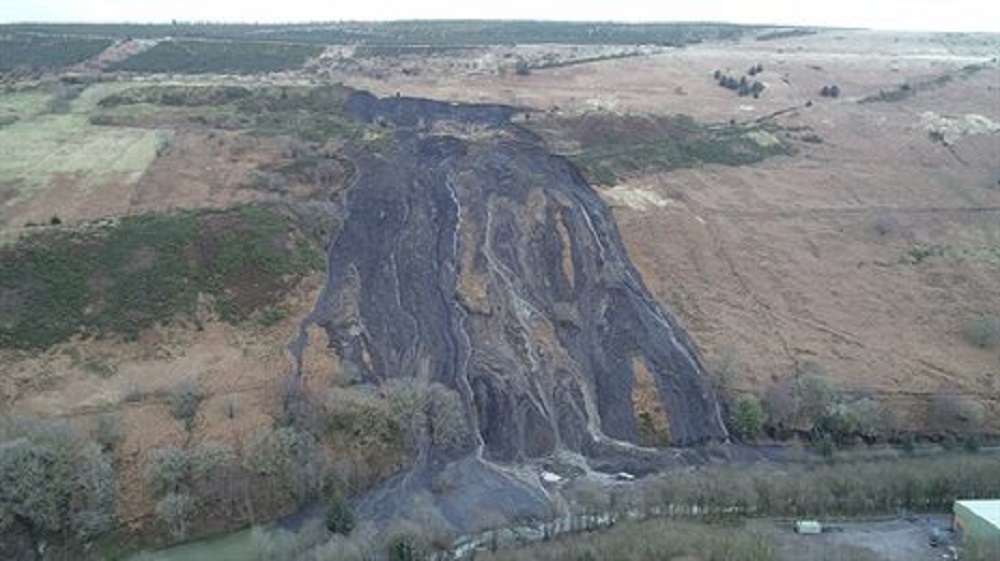Cameras could be placed on disused coal tips at risk of being damaged by off-road vehicles

Anthony Lewis, local democracy reporter
Cameras could be used to monitor disused coal tips which are at risk of being damaged by off-road vehicles.
A Rhondda Cynon Taf council report said there are ongoing problems faced by the tips team and a new proactive approach is being considered where the most at-risk tips from off-roading activity (and which are also high-risk category tips) will be overtly monitored using trail cams to identify hot spots of activity.
The report said there is a specific problem on the hillside with damage caused by people riding scrambler bikes in the area.
It also said that the council considers it important to highlight and educate off-roaders to the damage they cause – not only the tip infrastructure but the ecology and public amenity that many of these sites provide.
Overt camera surveillance
The council is considering education through schools engagement and producing signs which highlight these issues and can then be used alongside the overt camera surveillance.
A camera surveillance strategy policy has been drafted and will need to be verified by senior management before any physical cameras can be installed to ensure the council is not infringing GDPR protocols, the report said.
As part of phase four works to the Tylorstown tip, the council is working on a longer-term land management plan for the hillside.
Major work at the site of the Tylorstown landslip is said to be progressing and since the landslide from Upper Llanwonno Tip in February 2020 during Storm Dennis, the council has put in place a four-phase remediation plan for the site.
Emergency clearance work
Phase one included emergency clearance work in the weeks that followed, phases two and three, which involved the removal of the slipped material from the valley floor and reinstatement of the river channel, were mainly completed in June 2021, followed by additional work in autumn 2021 to stabilise the slope.
Alongside phase four, permanent works to the phase two and three receptor sites (where material from the landslide is going) are being taken forward this year.
The permanent work at what is known as receptor site A2 has been completed with the planting of 285 trees and 100 shrubs.
The council is getting quotes for the permanent work at receptor site B and a planning application for a pump track at receptor site A1 is currently live.
The report said phase four works are progressing and works to the receptor site are practically complete with features to improve biodiversity included.
Progress to install significant drainage infrastructure on the donor site continues but progress is hampered due to weather and ground conditions, the report said.
When the donor site is completed, the contractor will work upwards off the hillside to create what will effectively be a walking route but will allow for access for future maintenance.
A working group of council officers has been created to consider and implement the long-term management of the hillside, including tip safety, ecology, land management and access.
A report to the council’s overview and scrutiny committee on Monday, November 11 gives an update on the work that the council’s coal tip safety team is doing and mentions the issue of off roaders damaging tips in the county borough.
Support our Nation today
For the price of a cup of coffee a month you can help us create an independent, not-for-profit, national news service for the people of Wales, by the people of Wales.





One of those impoverished deinstitutionalised regions where local tax payers are obligated to fund repairs to the ecological mess the coal industry left behind? Lord Protector Starmer has been talking about reparations for tropical countries, let’s see if he will deign to look closer to home. Westminster has still not truly reimbursed the money it stole from the Aberfan relief fund, which speaks for itself.